As temperatures dip in cooler regions, it’s not unusual for homeowners, builders and remodelers to call paint contactors in the hope of completing their exterior projects before winter fully settles in. Why the rush? Well, paint and cold conditions are about as friendly as oil and water, which increases the chance of making a mess of your hard work.
If you’re under cold weather conditions, and a client project can’t wait, there are steps you can take to avoid a wintry wreckage. You just need to keep in mind that cold-weather painting requires proper planning, spot-on preparation, and a lot of patience.
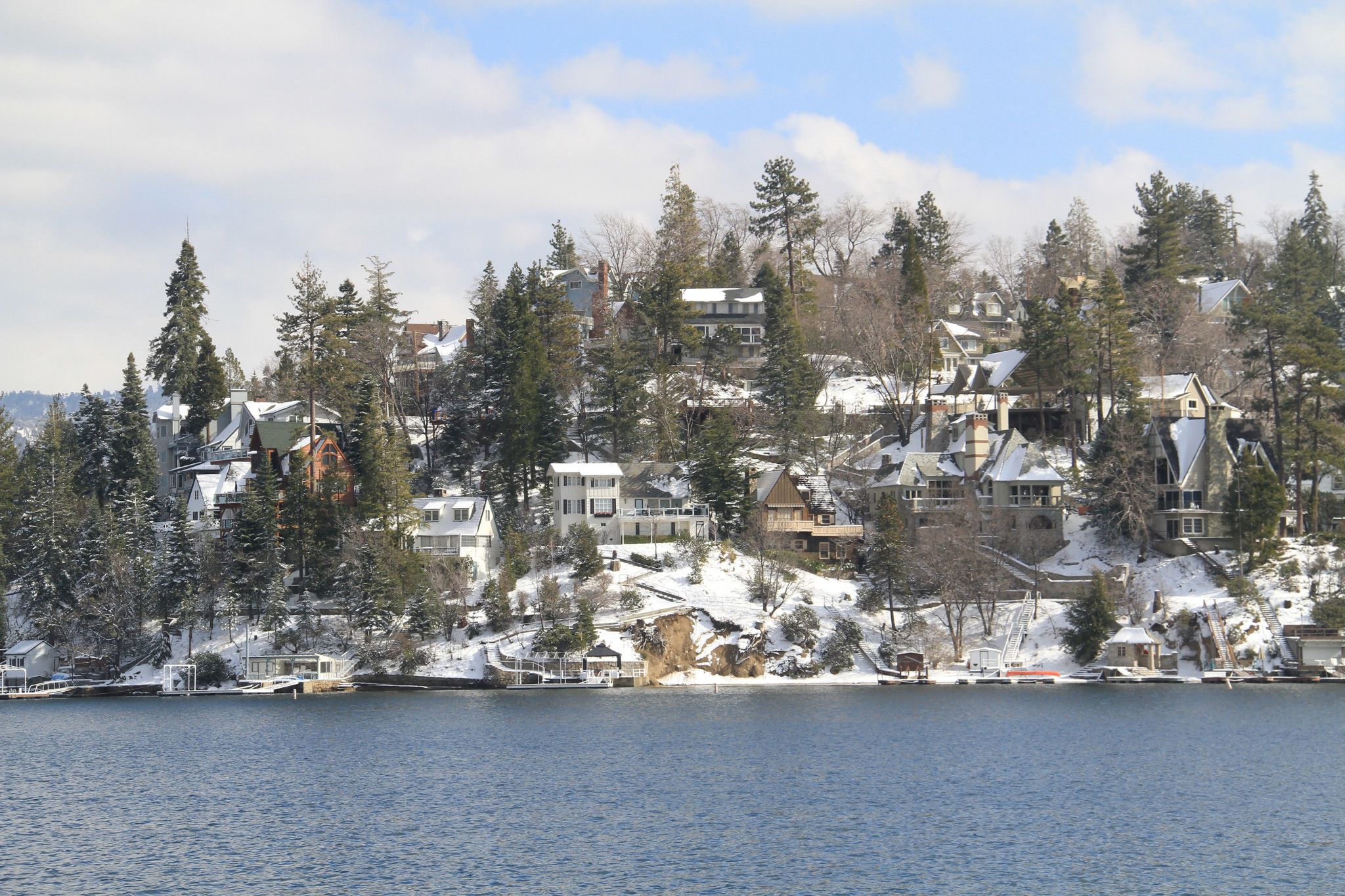
Temperature is Key
Temperatures below 50°F invite an array of conditions that may create less-than-ideal outcomes (perhaps you’ve heard tales of wintertime painting woes) — but that doesn’t mean you should put away your brushes when the first cold front rolls in. Yes, painting in the cold has its challenges but it also offers you ample time and opportunity (and less competition!) to tackle outdoor painting projects.
Just remember that — when using most coatings — the best temperature for outdoor painting ranges between 50°F and 90°F. You don’t want to get caught painting in much lower temperatures, as that’s where the trouble begins.
Tips for Cold-Weather Painting
So, what steps can you take when braving the elements? We have a few ideas for you to consider. Keep in mind these suggestions aren’t guaranteed to end all problems: every paint job is unique, and unexpected glitches may occur.
Consider these tips:
Plan, plan, plan
- Booking projects for the right time of year will save both you and your client time and probably some frustration. For example, a client may ask you to start a big, exterior restoration in January, and chances are — depending on the weather — you may not finish any sooner than you would if you began in March. Be upfront, be honest and reschedule, as managing expectations is smart business.
- Waiting until September or October to begin pursuing winter work may be too late. Sure, summer is a busy season, but make time in July and August to reach out and schedule both interior and exterior jobs. On the flipside, use any winter downtime to work on your marketing/outreach. Perhaps get a professional website up and running, update your marketing materials, and start filling the spring and summer calendar!
Check the Weather
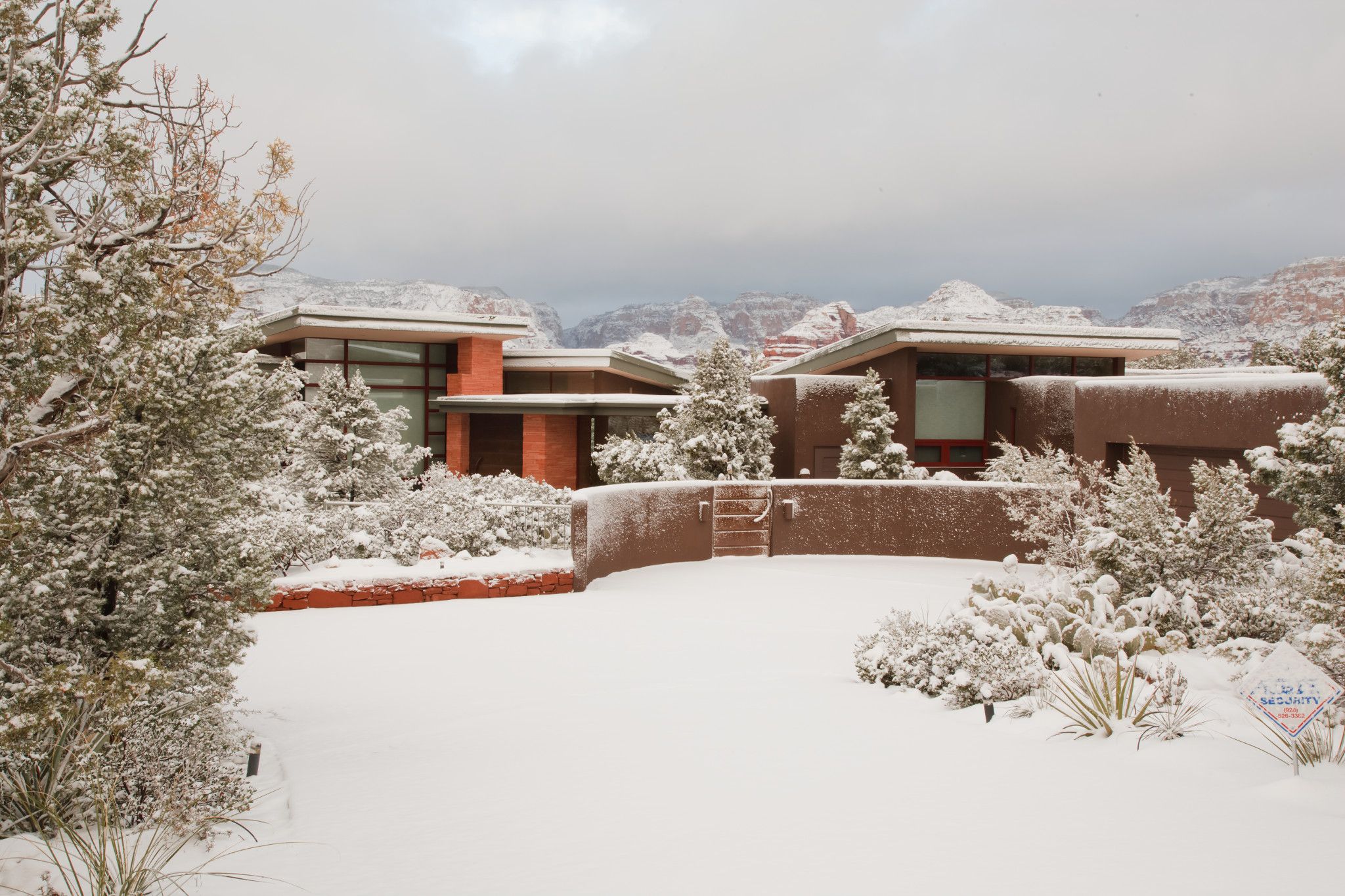
- Before setting your schedule, keep an eye on local weather forecasts to find out what’s ahead. Ideally, you’re looking for a few consecutive days when the sun is out, and temperatures are higher. That said, don’t just look at the highs. Pay attention to the low temperatures, as they need to stay above the paint’s minimum temperature to ensure adequate cure — about a few days after application. Check the back label of your paint for temperature instructions.
- Focus on prep work in the early morning and begin painting at around 10 a.m. — finishing up about 2 p.m. This way, the surfaces you are painting are warmer, and the paint is already drying by the time temperatures drop and dew starts to form. Also, keep in mind that the sun isn’t the only factor that affects paint in winter. Humidity, wind speed, and wind direction also influence drying times and how well surfaces maintain warmth.
Surface Temperature
- Pay attention to the substrate temperature, as air and surface temperatures can vary widely. While air temperature may rise, it does not mean that the substrate you’re about to paint is warm enough (ideally about 50°F) to accept paint. In fact, some substrates (metals, in particular) retain so much cold they may remain frozen even in direct sunlight.
- In case you’re wondering how to accurately gauge surface temperature, we’ve got the answer! If you don’t already own an electric, non-contact, infrared thermometer, consider adding one to your toolbox (mid-range prices: $25-$60). This helpful gadget measures the minimum temperature to make sure the substrate is not below the 35°F temperature needed to dry and cure. The Home Depot offers a wide selection of these easy-to-use, hand-held thermometers.
What’s in Your Bucket?
- Traditionally, most paints adhere to temperatures between 50°F and 85°F — but many manufacturers offer paints specifically formulated for cold environments. Most are rated for temperatures down to 35°F and are ideal in chilly regions. For example, BEHR MARQUEE® Exterior Paint, BEHR ULTRA® Exterior Paint, BEHR PREMIUM PLUS® Exterior Paint, and BEHR PRO® e600 Exterior Paint are formulated to perform in air, material, and surface temperatures as low as to 35°F.
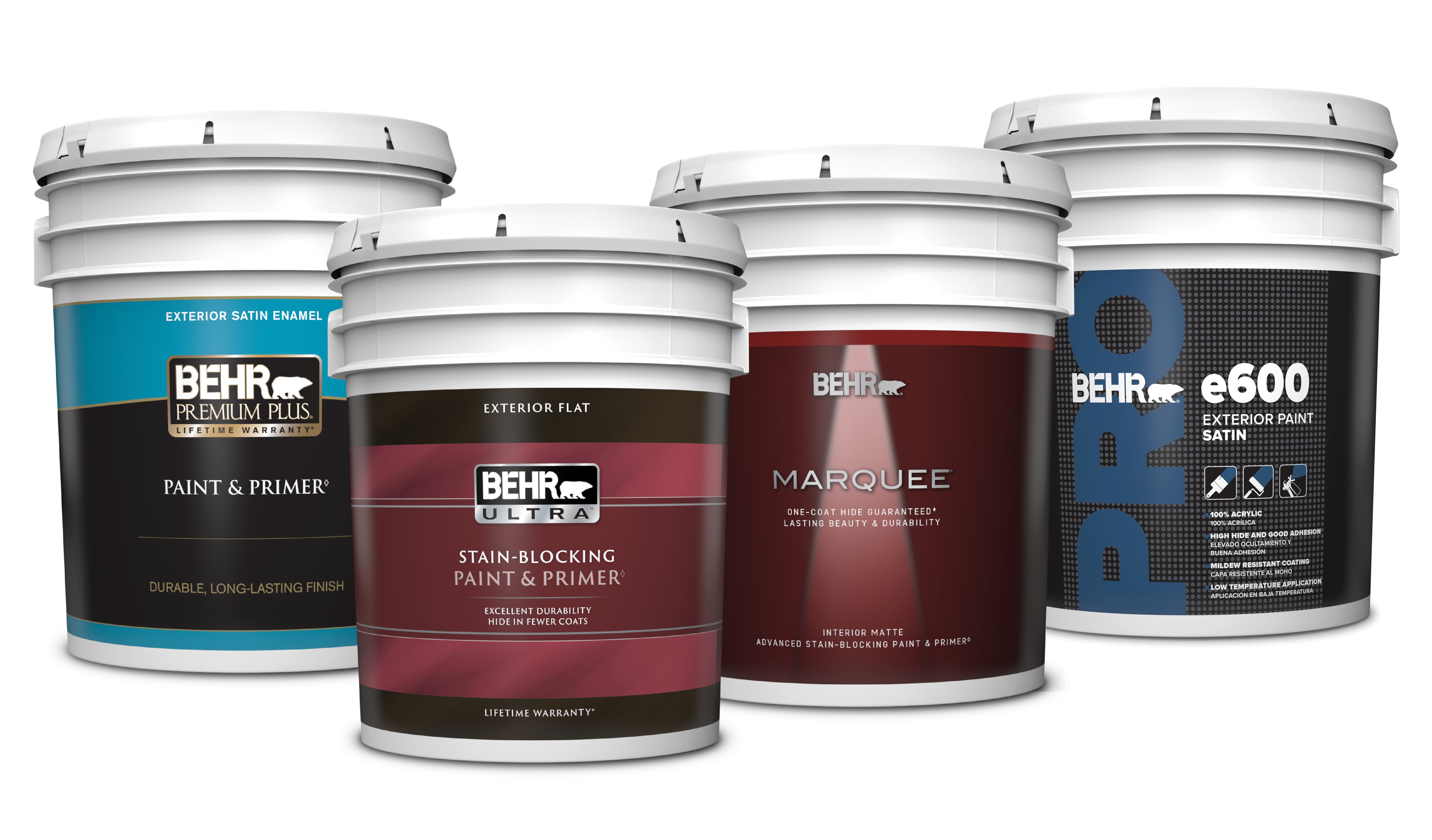
- What about previously frozen paint? Well, depending on how and where your paint has been stored and thawed, it may or may not be usable. To find out, try stirring the paint longer than usual. If it’s lumpy, stringy and blotchy and refuses to smooth, the paint is no longer usable. If you’re not sure, check out Can Paint Go Bad? on The Craftsman Blog.
The Right Tools
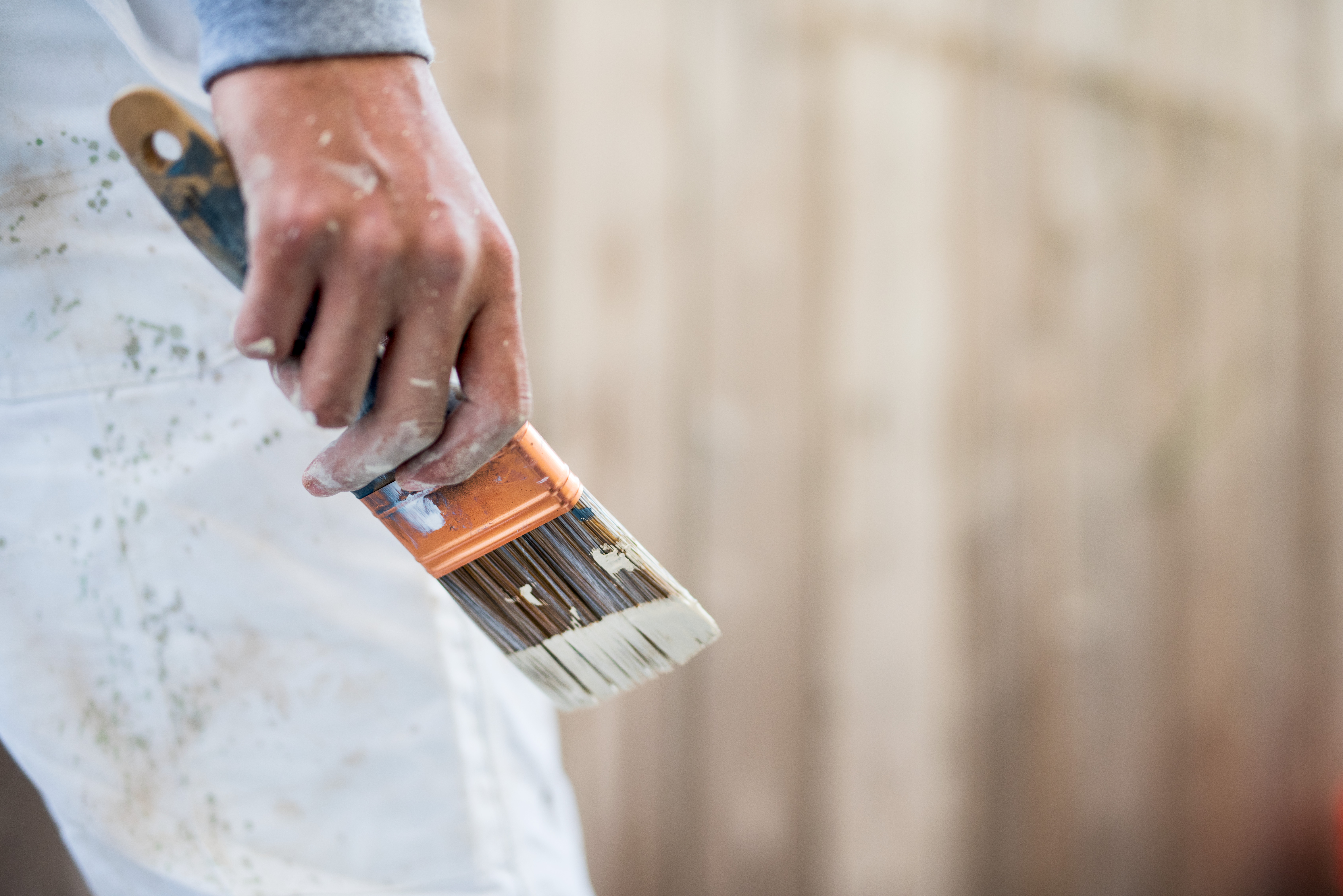
- Cold surfaces can also create adhesion problems, as drops in temperature often increase paint viscosity and thickness, making the material harder to work with — especially when using a sprayer. To solve this dilemma, consider investing in a paint heater or blanket, which will help keep paint warm and easier to apply.
- While paints thicken in lower temperatures, there are no specific requirements for applicators, so you can use the same brushes, rollers, and spray equipment. That said, some brushes are designed for applying dense coatings. Look for stiff brushes with nylon, polyester or Chinex bristles, all of which work well with thicker paints. We recommend Wooster’s Ultra/Pro Extra-firm Flat Brush from The Home Depot.
- Most jobs involve fillers, primers and caulking, some of which may not stand up to the cold. Check to see if these materials can be used if painting in temperatures as low as 35°F. Our BEHR® WEATHERSTRONG™ Advanced Hybrid Sealant is a high-performance hybrid sealant that provides superior stretch and durability on the most difficult substrates and can be applied when air, material, and surface temperatures are as low as 0°F.
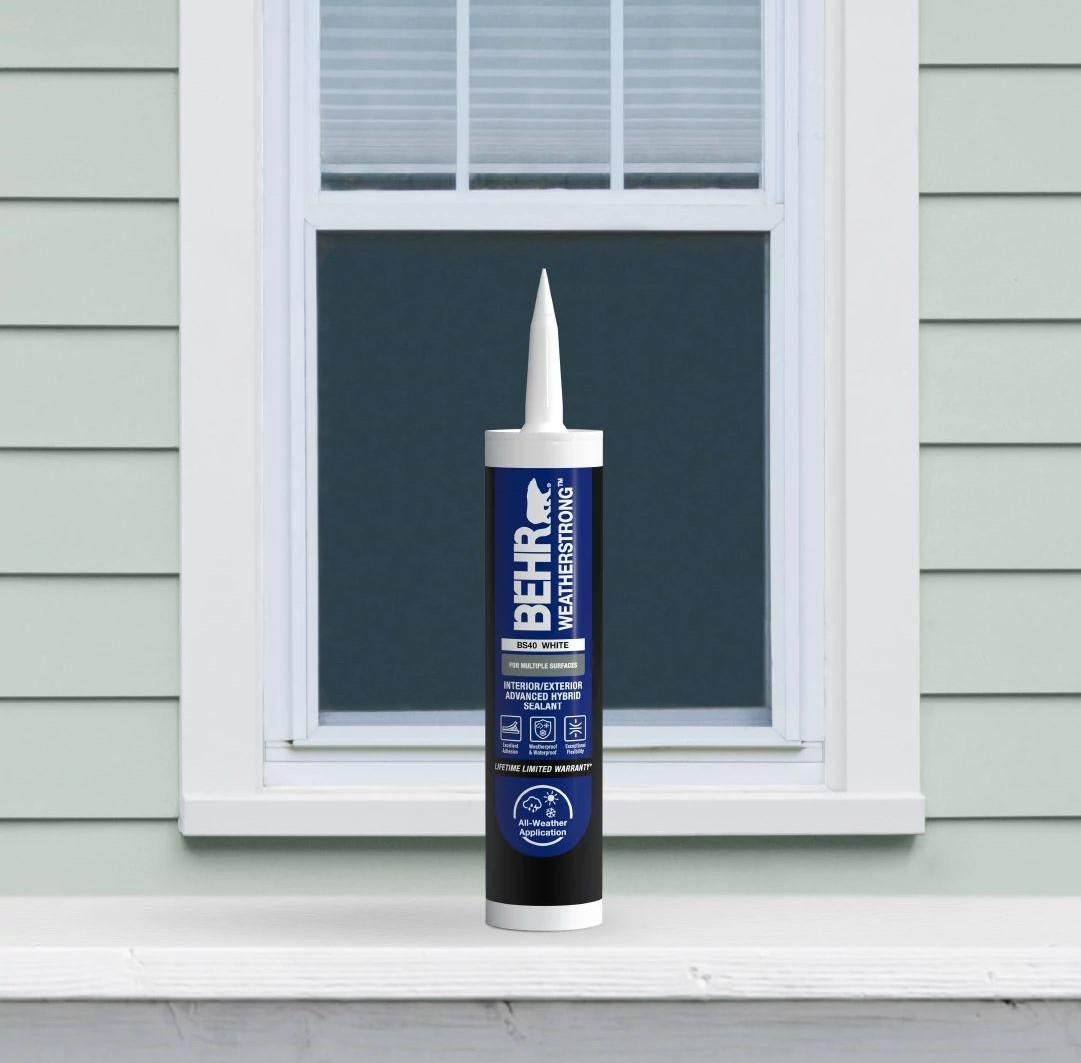
There is little doubt that wintertime painting has its challenges. These tips can help you prepare for and prevent an array of problems — so you can deliver beautiful results that make both you and your clients happy!

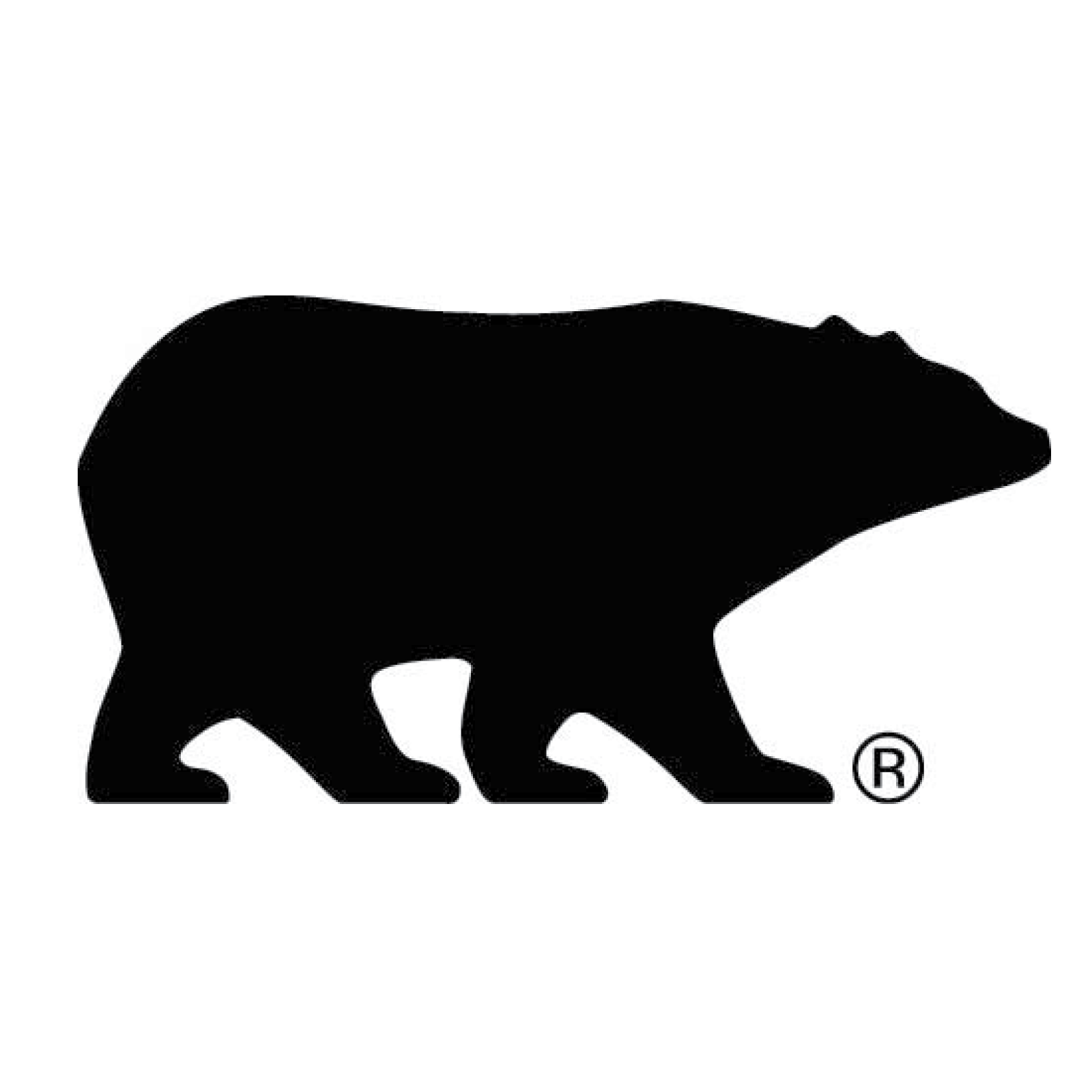

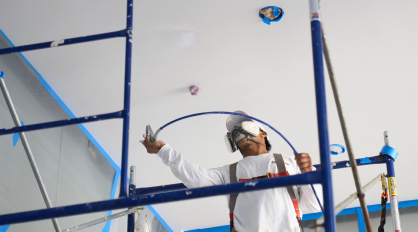
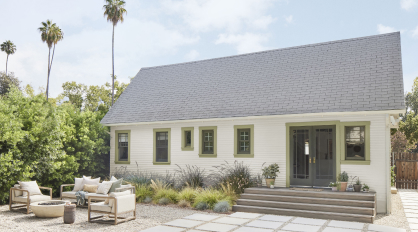

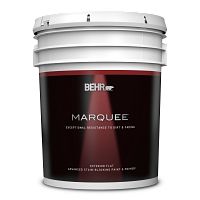
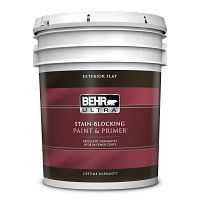
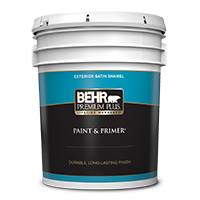
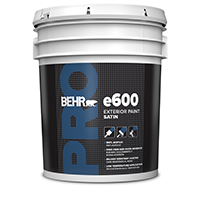
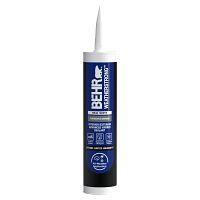
Thanks for the tips very helpful.
Hi Edward,
We are glad you found this article helpful! If you ever have any questions, please don’t hesitate to contact a BEHR Pro Rep.
Kindly,
The BEHR PRO Team
What happens if Behr interior paint freezes? Is it generally still usable if it thaws?
Hi Clint,
If you suspect the paint has frozen, allow the paint to thaw completely, then stir it well. If the paint color and consistency appear normal and smooth, then it should be ok to use. If the paint is stringy, lumpy, or looks like cottage cheese, the paint should not be used.
Please reach out to your local BEHR Pro Rep if you have further questions.
Kindly,
The BEHR PRO Team
I need to paint a rusty barn roof-any suggestions on what paint I should use? We’re in southern Indiana.
Hi Kim,
First, consider applying one coat of BEHR® Metal Primer (recommended for optimal corrosion resistance or when priming over sound rusty metal surfaces) or BEHR® Multi-Surface Stain-Blocking Primer & Sealer to prep the roof. Then, apply two coats of BEHR® Multi-Surface Roof Paint.
Kindly,
The BEHR PRO Team
What can be done if the paint applied below 50 degrees and it doesn’t dry?
Hi Roy,
Oil-based paints are more forgiving with cold weather application compared to water-based paints. Oil-based can be applied down to 40°F but expect it to take a day or two to thoroughly dry. On the other hand, water-based paints are more finicky with low-temperature applications. It is not recommended to apply water-based paint when the temperature is less than 50°F unless the paint is designed for low-temperature application. Low-temperature paints can be applied as low as 35°F. Nonetheless, water-based paints that are applied below the recommended minimum application temperature are susceptible to early paint failure. This will require stripping down to the bare surface or a sound layer on the next paint job. For additional help, please contact a BEHR Pro Rep.
Kindly,
The BEHR PRO Team